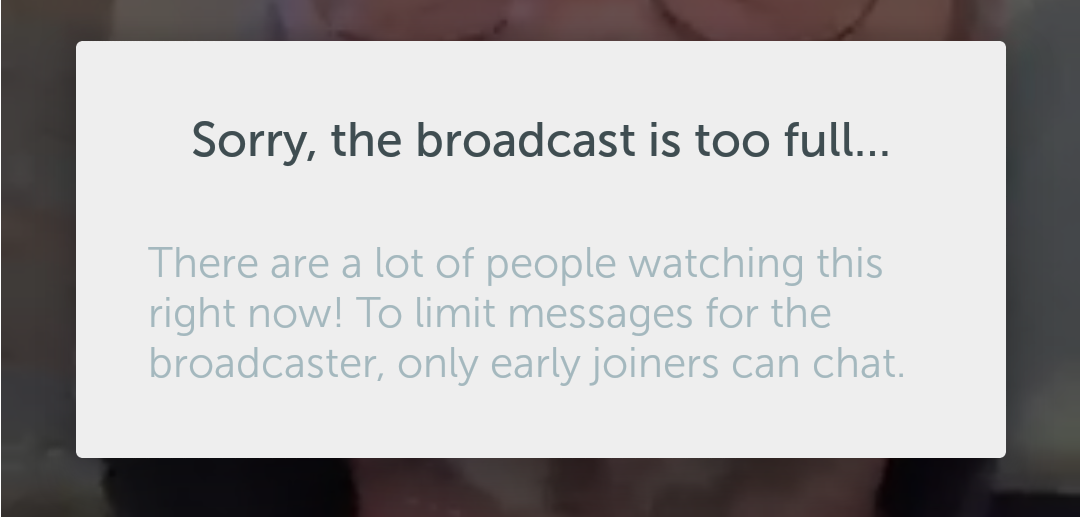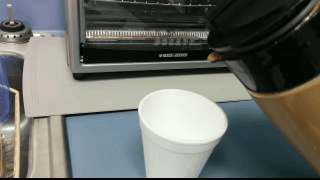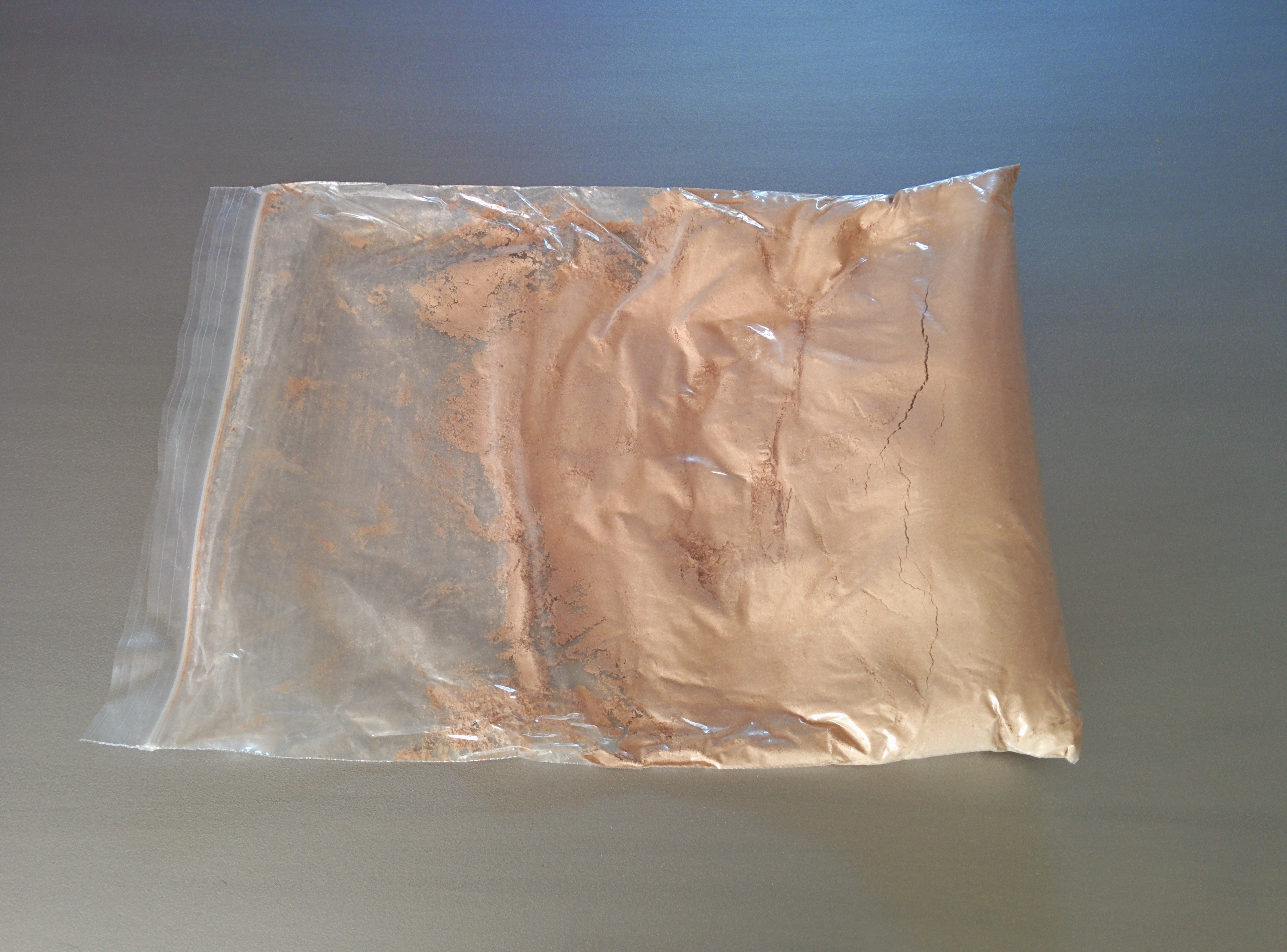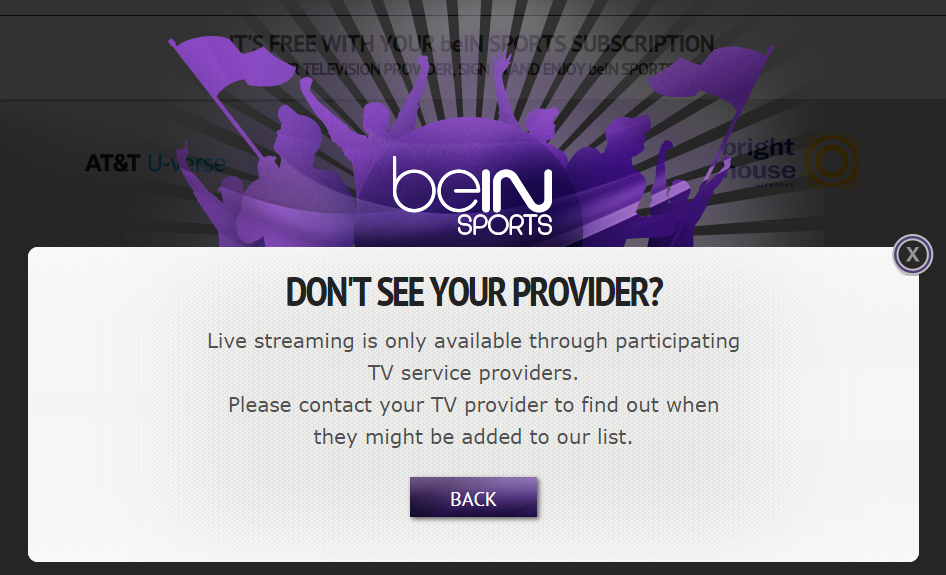Are Periscope and Meerkat Really Viable Sports-Watching Options?
Periscope, the live-streaming app developed by Twitter, has officially launched on Android devices. It comes several weeks behind Meerkat for Android, another mobile-based live-stream app and thus a comparison seems inevitable. Both are free and aimed specifically at being in the moment so neither offer a way to embed videos, though neither should be overlooked despite that particular detail. As simple as an app-to-app review could be, perhaps the greater issue at hand is what the apps offer: a way to potentially circumvent paid content and products.
As mentioned around these parts by Seth Keichline, the much ballyhooed Pacquiao/Mayweather fight promoters were actively and aggressively cracking down on illegal streams. As such, the question may not be what will people stream and watch, but rather will they? The demand for free streams isn’t surpassed by the desire for high definition, but if the content is shown in at least decent quality, the viewers may come. Shown below is a side by side of the two apps with Periscope on the left and Meerkat on the right.
Apologies for the shot of the Periscope app, as the screenshot function was noticeably lagged in comparison to Meerkat. The pictures are from the Wednesday afternoon game between the Tigers and A’s. My camera — or more accurately my phone — is the OnePlus One with a 13 megapixel Sony Exmor IMX214 capturing video and pictures from a 1080p Samsung television. Suffice to say, hardware shouldn’t be the issue in terms of questionable stream quality.
As much as I love baseball and other sports, I can’t see myself consistently watching a stream of this quality on my phone. Perhaps the rare event with something not shown on any available channels, a la a soccer tournament such as the Asian Cup or Cup of Nations, but not a baseball game. The issue at hand is that this exception brings us back to the original question regarding the boxing match: will people use these apps to pirate sports, concerts and other live events? I’ve skulked around enough dark corners of the Internet to realize people will look for any way possible to get around paying for something. From Napster to WinMX and Kazaa to torrent sites and mirrored links or VPNs to get around blackouts, the consumers will eventually get what they want, whether they pay for it or not. The ease of use for both apps have made providing and pirating content quite easy, however neither are perfect for said task.
Meerkat has the option to search for a specific user or stream, something that would appear to be a basic core element of a social networking app. It’s a shame Periscope decided against implementing it as very useful and seemingly easy to roll out. As more and more social apps gain the ability to monetize — Facebook and Tinder immediately come to mind — the possibility for someone willing to take the risk of selling digital tickets to a streamed sports event doesn’t sound too far fetched. Something named “Marlins vs Nationals” or “USA vs CAN” could easily gain viewers and traction, though perhaps it would be better to not so blatantly advertise something that violates terms of use for the apps and the broadcasted event.
Where both apps fall short is that neither has an option to duck the sound of a previous app. Listening to music either with Spotify, Pandora or Google Music was automatically muted or even ducked when watching a stream. It isn’t a deal breaker, but given that Meerkat does duck phone calls — whereas Periscope pauses the stream — it seems like an annoying issue that is bound to be fixed soon. Of course without a way to record the stream, after a pause it is resumed live, not from where it was paused.
Though there is no search option, Periscope has nailed down the location service side of things. Rather than simply naming the city or location where a stream is in the manner Meerkat approaches things, Periscope can be tied directly to Google Maps. The location in Periscope is separated from the stream itself, shown below the stream. Meerkat sees fit to display everything at once. Below are two pictures showing the location of two streams, the first a stream from a restaurant in Stockholm, the second is fire fighting training in California.
If the above picture looks cluttered to you, you aren’t alone in that opinion. It should be noted the following picture is not of the stream itself, merely the location.
Both apps sport a chat function, though again the pros and cons come through. Within Meerkat, the chat cannot be hidden, so you’re at the mercy of other stream watchers. There is the ability to hide the chat within Periscope, or if only a handful of people are spamming the chat, you’re allowed to block specific people. Unfortunately some Periscope streams can be overloaded with chat and a pop up message occurs.
In order to try and parse down the chat spam, Periscope does allow private broadcasts where only followers or selected accounts will be invited to the stream. Meerkat is a strictly public stream and the chat tends to suffer due to that.
Both certainly have their strengths and weaknesses, so despite sounding like a cop-out, it’s nearly a toss up between the two. The option for private broadcasts more than makes up for any issues I have with Periscope, including the inability to search for users. If I find a stream is interesting enough then I’ll follow it, and thus can find the stream through my following list. It isn’t ideal, but at least it is a workaround. Meerkat isn’t perfect either as chat on those streams can rapidly turn into a live version of Lord of the Flies. The lack of a pause and resume feature on Meerket as well as the streams looking awfully crowded due to the chat and constant location make the feeds appear disorderly.
Given my usage patterns and preferences, I give a slight edge to Periscope. The pause and resume feature is incredibly convenient as I tend to receive a high volume of emails throughout the day and the option to get back into the stream and miss a minimum amount of time is fantastic. Periscope offers cleaner looking broadcasts as they can go unhindered by chat and have their location and descriptions hidden away. Neither are perfect, but I can see myself using Periscope more regularly. Of course, without an ability to watch previous broadcasts, only so-so streamer to viewer chat interactions and stream quality dependent on sending and receiving hardware as well as internet connection, both could be fads that fade with time. I envision both Meerkat and Periscope having similar issues to traditional television broadcasts: the inability to be flexibly with watch times — as opposed to YouTube, Twitch and Vine’s abilities to watch any time — may limit their long term success.











